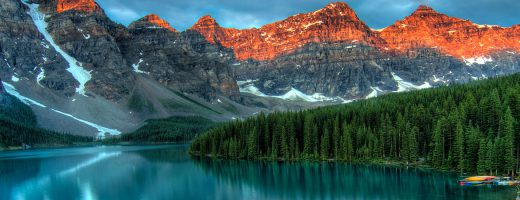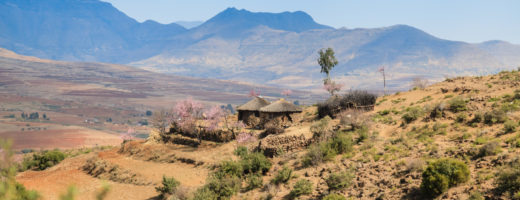Looking for a LGBT community in Tibet is futile. Of the handful of modern reports about gay life in Tibet, since 1999, only one writer claims to have encountered more than one or two gay individuals, usually by chance. Jump ahead to my own visit in 2013 when I did not find any gay person
Tibet was once an independent kingdom but today is part of the People’s Republic of China following an invasion in 1959. Some of Tibet’s diplomatic allies, as well as sympathetic scholarly and non-governmental bodies, are based in India, including the government-in-exile headed by the Dalai Lama.
In short, homosexuality is not illegal in Tibet because it was not specified as illegal in the country. But the Chinese invasion brought strong prohibitions against homosexauslity. In Buddhist Tibet there is a long cultural tradition of considering same-sex behavior to be sexual misconduct. Buddhism is most concerned with whether an action is helpful, based on good intentions, and freedom from harm. Thus, a specific act can sometimes be either permissible or not permissible, depending upon its context. There is no special limitation here that applies uniquely to homosexuals. Following a devotional path of Buddha, persons of all sexual orientations are to remain celibate.

Tibet Random Rural Photos
Tibet is a dramatic country with vast grassy plains and rugged high mountains. It is a Buddhist country with countless monasteries, temples, shrines and symbolic stupas. The lifestyle is rural with most Tibetans engaged in agriculture and animal raising. Mount Everest is called Chomolungma by Tibetans which means ‘Goddess mother of the Earth’. It’s easy
Tibet: Lhasa – Sera Monastery
Sera Monastery is one of the ‘great three’ Gelukpa university monasteries of Tibet. It is about 5 kms north of Lhasa in the hills. The monastery oversees 19 smaller hermitages (including Pobanka Monastery) and nunneries all located in the foot hills north of Lhasa. The Sera Monastery campus is a complex of structures with the
Tibet: Lhasa – Pabonka Monastery
Pabonka Monastery is a historical hermitage (founded in the 7th century) about 8 kilometers northwest of Lhasa on the slopes of Mount Parasol. It is well known today partly because it’s the site where ‘sky burials’ take place. Sky burials involve the dismemberment of deceased human corpses and leaving the remains open to the sky
Tibet: Lhasa – Jokhang Temple
Jokhang Temple is located on Barkhor Square in central Lhasa. For most Tibetans it is the most sacred and important temple in Tibet. It is in some regards pan-sectarian, but is controlled by the Gelug Buddhist school. The temple’s architectural style is a mixture of Indian vihara design, Chinese Tang Dynasty design, and Nepalese design.
Tibet: Lhasa – Summer Palace
The Summer Palace is the former summer home of HH Dalai Lama. It’s now a museum, as designated by the communist Chinese, but many native Buddhists still consider it a sacred place and offer prayers at the temples within. Foreign visitors cannot go in to any temples or museums or to other cities or sites
Tibet: Lhasa – City Photos
Visiting Lhasa city is like finding a ghost in a closet full of living beings. It is at once an ancient seat of tradition that lives in the shadow of progressive communist changes. Throughout the city and beyond there is indelible Tibetan ethos mixed with the artifice of Chinese manufacture. The imperialist occupier would like
Tibet: Lhasa – Potala Palace
The Potala Palace is the former home and seat of government for the Buddhist leader Dalai Lama. He was chased out of Tibet when the Chinese invaded Tibet in 1959 and took over the country. Since then the Potala Palace has not been used for government or religious functions. The Chinese have designated it as
Tibet Faces
The faces of Tibet are diverse in appearance and in lifestyle. From hip city teens to rugged farmers to aged monks and wandering tourists, the variety is panoramic. There is wonder, humor, puzzlement and more than a little hidden resentment at living under an occupying and repressive communist system over which they have no control.
Mount Everest Photo Gallery
Mountains are generally measured from sea level, in which case Mount Everest (29,028 feet; 8,848 meters) is the highest. Hawaii’s Mauna Kea, though, rises an astonishing 33,476 feet (10,203 meters) from the depths of the Pacific Ocean floor. Measuring from base to peak, Mauna Kea is the tallest mountain on earth, of which only about


